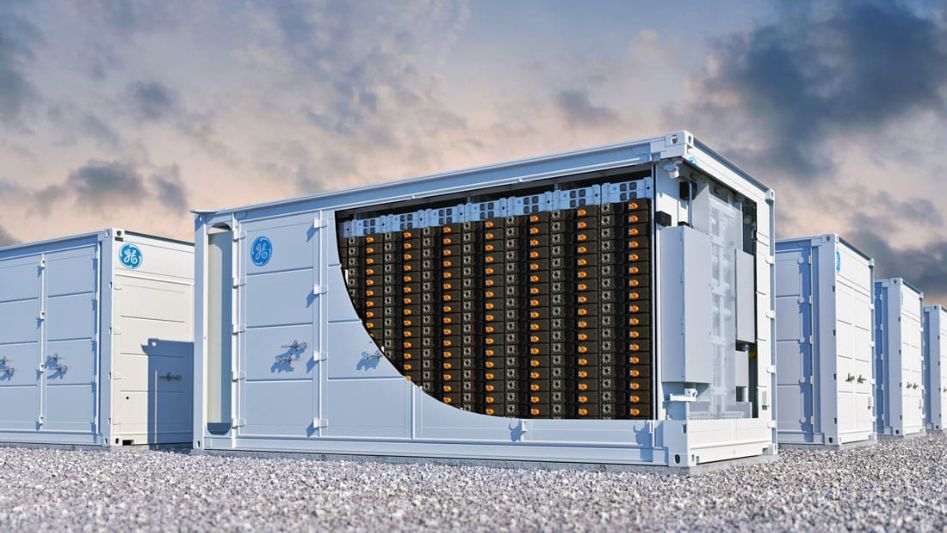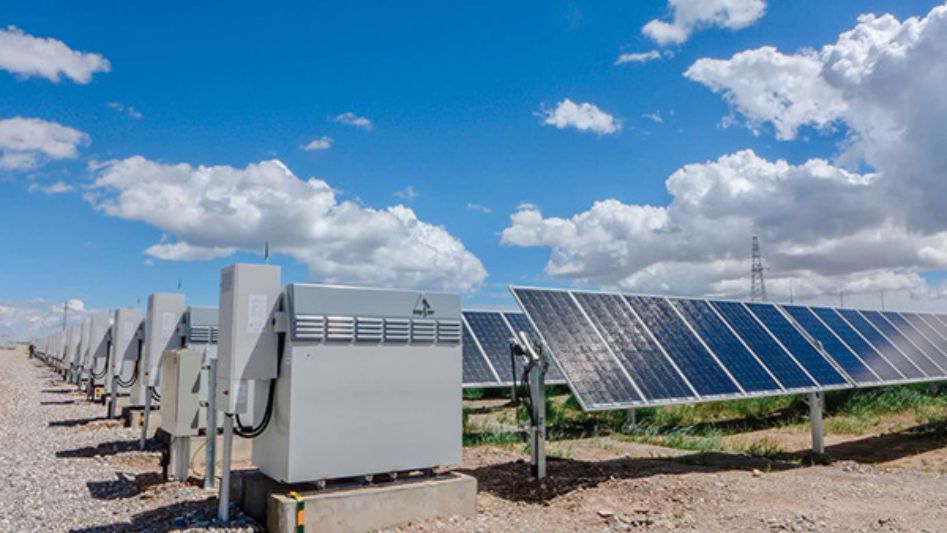Lithium-ion batteries and energy storage systems are used in grid-connected and off-grid renewable energy applications, such as solar photovoltaics, wind turbines and EV.
Table Of Content
- Content
- Lithium batteries as energy storage
- The transition to renewable energy
- Why is lithium critical to the energy transition?
- Conclusion
- FAQ
- Meta Description
- External Links
The global community has made the conscious decision to shift away from the use of fossil fuels like coal, natural gas, and oil in favour of other energy sources that are more environmentally friendly. Renewable energy has quickly become one of the most widely used methods for the generation of electricity. This development has aided in the transition toward electric vehicles and the development of innovative low-carbon initiatives. There are not nearly as many considerations given to the energy storage systems that are a vital part of the implementation of renewable energy, despite the fact that the adoption of renewable energy creates headlines and is frequently the lead in policy documents.

The sun and the wind are two examples of natural resources that can be used to provide renewable energy. However, this also means that they are susceptible to being altered by environmental factors, seasonal cycles, and even daily cycles, all of which have the potential to restrict their use or efficiency. This irregular variation in power is known as intermittency, and it was once a barrier to the widespread use of renewable energy because people were afraid that it could not replace the high constant power, also known as base-load power, that is produced by the combustion of fossil fuels. The ability to store energy, and lithium in particular, comes into play at this point.
Lithium batteries as energy storage
The necessity of having energy that could be stored and used when it was needed has always been the driving force behind the development of technologies for energy storage. Energy storage is essential to the operation of a wide variety of electronic devices, including mobile phones, remote controls, laptop computers, and even automobiles. In an effort to make energy storage more effective for day-to-day usage, the lithium battery was invented and put into circulation in 1985. It swiftly overtook the majority of other battery types due to its high-capacity storage properties, which allowed it to gain a significant advantage. The lithium battery has become an integral part of everyday life, and in 2019, the Nobel Prize in Chemistry was awarded to the individuals who were responsible for developing it.
However, the lithium battery is not just the small energy unit that powers your personal devices or the appliances in your home; it can also be used for a great deal of other things. On a larger scale, the batteries retain the same qualities that made them effective when used in smaller capacities. Lithium batteries are a valuable addition to clean energy projects because of their ability to store energy that is created by renewable sources during periods of high production and then release it according to demand in the event that power production declines. Because of its large energy capacity and the fact that it can be recharged, it is also an appealing candidate for use in electric vehicles.
The transition to renewable energy
The efficiency of electric vehicle batteries is continually improving as a result of ongoing technological advancements. Because of this, as well as worldwide initiatives that aim to improve electric vehicle manufacturing and the infrastructure associated with it, lithium has become an important commodity. In addition to this, large-scale batteries have been successful in providing reliable and continuous green energy across the globe, and they are currently being created in Australia, the United States, and Europe to assist these regions’ transitions to low-carbon futures. Whether it be for automobiles or for electricity systems all across the world, lithium is an essential component in the shift toward clean energy.
The move to renewable energy sources is essential for mitigating the effects of climate change, yet this transition cannot take place in the absence of a dependable storage medium. As EnergyX Vice President of Growth Strategy Milda Saenz noted after COP26, lithium batteries are the answer. “If global governments are serious about their plans to decarbonize and work towards sustainable solutions, then lithium will play a major role in the rapid shift to a low-carbon global economy,” Saenz said. The intermittent nature of renewable energy generation is the primary criticism thrown against it; however, energy storage solutions completely eliminate this drawback. Renewable energy generation is environmentally friendly and produces very little to no carbon emissions.

Why is lithium critical to the energy transition?
Because of their adaptability, lithium batteries can be used in electric vehicles (EVs) as well as in energy grids. Additionally, lithium batteries can leverage comparable supply chains, which can be adjusted to provide continuous lithium supplies for battery makers. Energy storage and renewable energy sources are two of the most crucial industries in the worldwide quest to reach net zero, and the demand for lithium continues to skyrocket.
In a report published in 2021 by the United States Department of Energy, it is stated that “by 2030, the United States and its partners will establish a secure battery materials and technology supply chain that supports long-term U.S. economic competitiveness and equitable job creation, enables decarbonization, advances social justice, and meets national security requirements.” This has led to significant changes in both domestic and international policy.
Energy storage is essential to the viability of renewable energy sources; in addition to lowering the intermittent nature of some forms of clean energy, lithium batteries offer an alternative to fossil fuels that is both more affordable and less harmful to the environment. There is still much work to be done in order to lessen the negative effects that lithium mines have on the surrounding ecosystem, but innovative firms like EnergyX are on the cusp of making a discovery that will make lithium mining more environmentally friendly.
Conclusion
According to Crane, “all of the clean technologies that we need to battle climate change—whether it be wind turbines, solar panels, or batteries—are all extremely mineral heavy.” If we do not ensure that the extraction of these minerals is carried out in the most responsible manner possible, then there is no use in developing these technologies in the first place.

FAQs
What is lithium’s role in the production of energy?
The most significant applications of lithium are in the production of rechargeable batteries for use in electric vehicles, the storage of energy in electricity grids, mobile phones, computers, digital cameras, and other tiny electronic devices. Additionally, certain types of batteries that aren’t rechargeable use lithium as an ingredient.
Is lithium a source of energy that can be replenished?
The supply of lithium is not a resource that can be replenished. Lithium is a type of metal that can be found in its naturally occurring state in the earth. It takes millions of years for it to form, and once it does, it cannot be readily or quickly refilled.
Why is lithium such a vital element in this transitional phase?
Batteries powered by lithium ion are an essential component of the movement toward a future that is more renewable, sustainable, and low in carbon emissions. They make possible a wide variety of applications for portable energy storage, in addition to making it possible to improve the penetration of renewable energy technologies through the use of stationary energy storage.
What are the three most important applications of lithium?
The most significant application of lithium is in the production of rechargeable batteries, which are used in electronic devices like mobile phones, computers, digital cameras, and electric vehicles. Lithium is also used in the production of non-rechargeable batteries, which are used in a variety of devices, including heart pacemakers, toys, and clocks.
You May Also Like
- WILL LITHIUM FINALLY HELP ARGENTINA TO TAKE OFF?
- WHY GENERATION IV IS THE FUTURE OF NUCLEAR POWER?
- HERE ARE THE BATTERIES THAT COULD POWER THE FUTURE
- WHY WE STILL NEED INNOVATION IN GREEN ENERGY TECH?
- HOW MUCH SOLAR ENERGY COST? TRENDS OVER TIME
